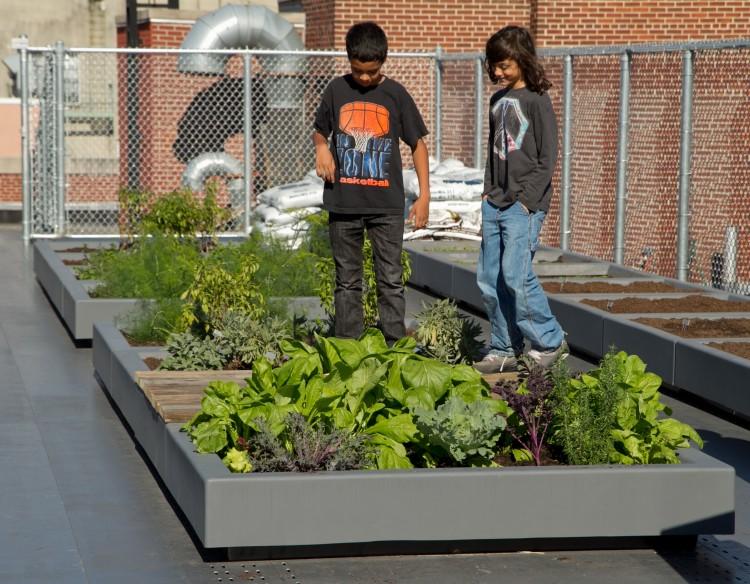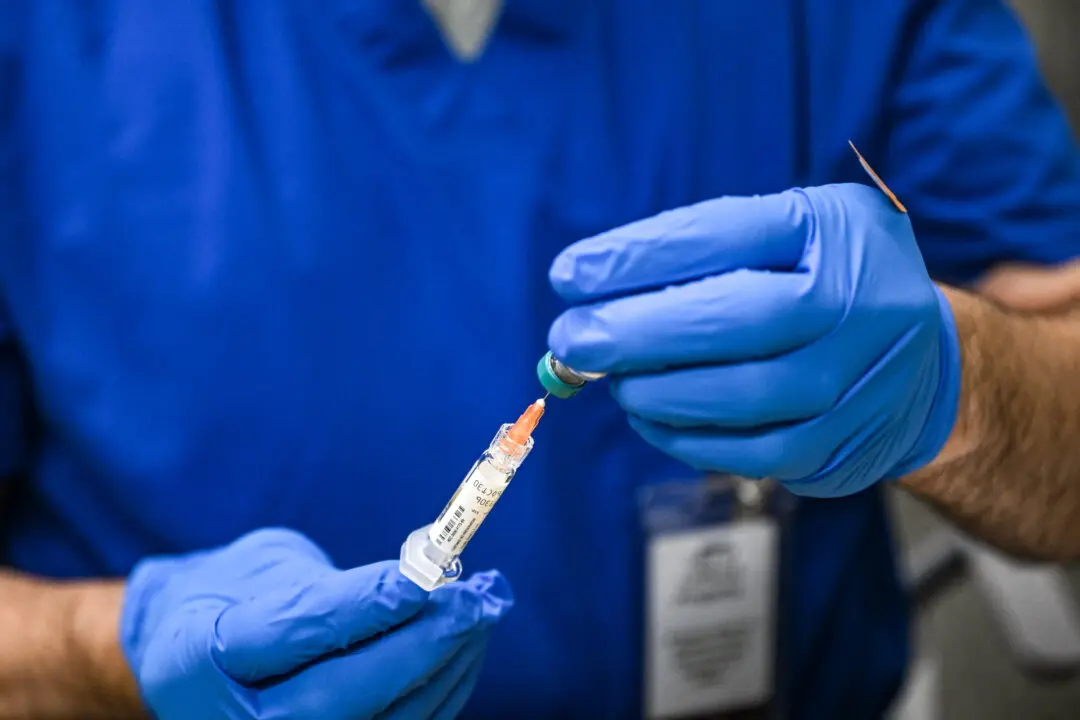NEW YORK—Students and teachers get fresh air, fresh food, and learn in new ways while building and tending school gardens. What’s not to like?
“I just love having this space,” said Abbey Novio, ninth-grade science teacher at the Expeditionary Learning School for Community Leaders in Gravesend, Brooklyn.
“In addition to growing things with the students, just being able to come out here and use this as part of science class and ecology, being able to have a space where there’s actually plants and bugs instead of concrete around the building, I think is really rare for a school in Brooklyn.”
The garden at the school—10 raised beds and a 15-year-old fig tree in a courtyard, with other raised beds on the side of the building—enables teachers like Novio to create hands-on learning.
During ecology class, Novio brings students to the courtyard for a food chain scavenger hunt. Students search for worms, ants, birds, and spiders, while the teacher leads a discussion oo decomposition.
On a recent school day, Novio, other teaching staff, and a gaggle of 11th-graders were putting together compost bins during an intensive at the school, which is a week where students focus exclusively on one subject.







